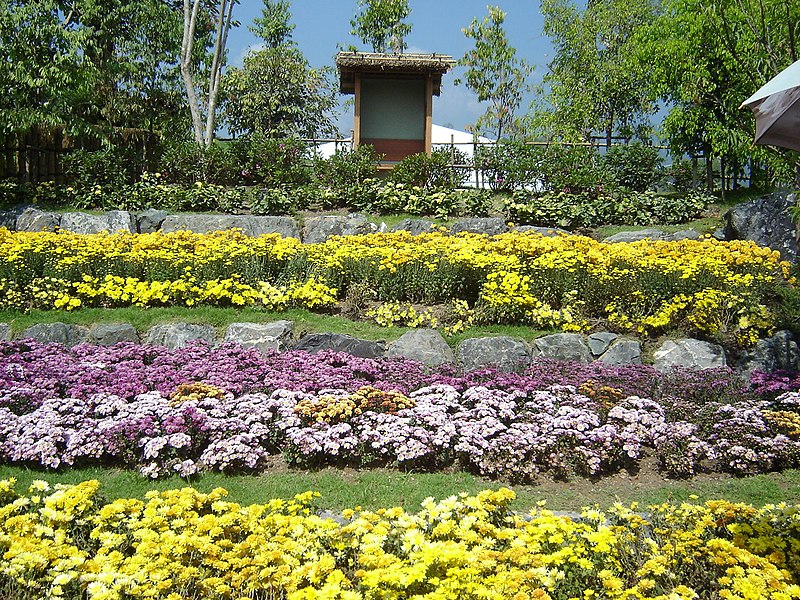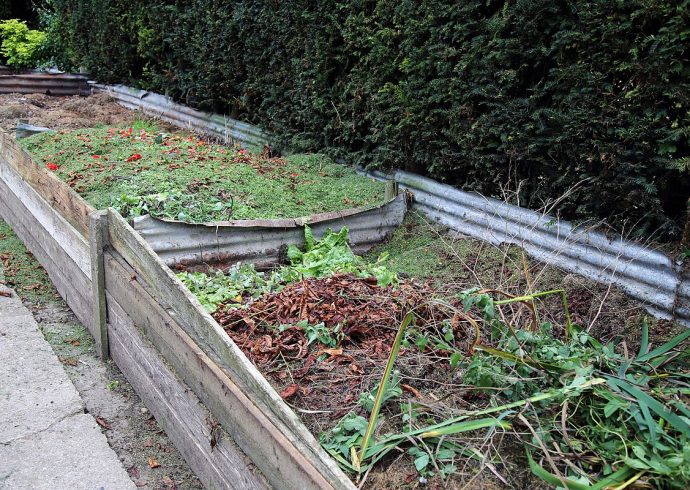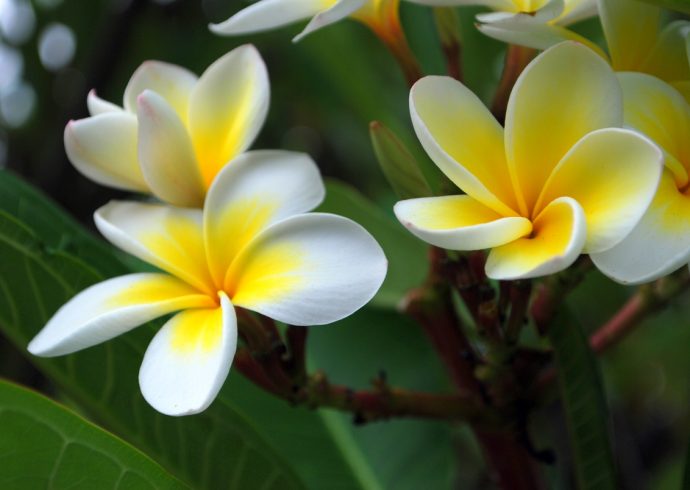
Plant a Thai Garden
The nation of Thailand brings to mind beautiful Buddhist temples, green mountains, rivers flowing through fertile lands, and gardens. A Thai garden is quite easy to create and will thrive in just about any climate during the summer seasons. While orchids are plentiful in Thailand, there are a number of other beautiful flowers that can be planted in a garden to give it that Southeast Asian feel.
The national flower of Thailand is the Cassia fistula which is really more of a flowering tree. Also called the Chaiyaphruek, this pretty yellow flowering bush has a special association with Buddhism and Ayurvedic healing. The yellow flowers on this tree are also a symbol of Thai royalty. This tree bears flowers shaped in five petals forming clusters during the blossoming season of late spring. The Cassia fistula tree is sensitive to freezing temperatures and will not last during a frost period but does well in warmer regions such as the southern part of the United States. The Cassia fistula tree prefers damp soil with some humidity in the air. The seeds of the legume are poisonous but the pulp of the fruit has been used as a laxative and for arthritis by Buddhist doctors. The wood of the Cassia fistula tree is sturdy enough to be used in making furniture. This tree will grow in just about any quality soil so long as the soil is not too clay heavy.
Another unusual flower called the bat plant which is also native to Thailand. This plant, which has leaves that resembles those of the hosta plant, has a black colored flower that looks like a bat in flight, or possibly even a black cat’s face, with a lot of whiskers hanging down. This plant also grows well in southern states like Florida and Georgia, the bat plant blossoms in the late summer. This plant likes rich soil that is well drained. Alternately, the bat plant can also be grown indoors if the level of indoor humidity is high enough.
Frangipani, or plumeria rubra, is another popular flowering tree in Thailand. This plant has pretty pale pink flowers with yellow centers and five petals forming a star shape, and grow in clusters. Frangipani prefers full sunlight in order to bloom. If possible, the tree should be brought indoors before the first frost of the season. The frangipani can grow up to thirty feet tall. The tree is susceptible to fungus so a fungicide should be applied to the roots before planting, and also once after the roots have taken to the ground, approximately fifty days after planting. Plant the tree in well drained soil and water after it is planted.
Orchids are found everywhere in Thailand and there is a great variety of orchids to choose from. For colder climates, orchid varities such as wild orchids, and odontoglossum can be grown outside. Many of the latter type grown in the mountains of tropical nations but can also be grown in northern states like Connecticut and Michigan. There are four hundred varities to choose from and all are very beautiful.
It is recommended to check your local nursery for orchid varieties and other flowering trees like the Cassia fistula tree. Before you start planting, figure on a circular shape, with plants and trees forming eight spokes, to resemble the wheel of Buddhist teaching, the Eight fold path. Some of the “spokes” in the garden can also consist of a walking path, or garden furniture. In the center of the wheel, include a piece of Buddhist statuary such as a Buddha or Kwan Yin.
Fountains can also be added to your Thai garden and if you come across one with a flat pedestal in the center, a smaller statue can be placed on top while the water flows down around it. Garden furniture is a must have for any Thai garden for a quiet meditation spot. Teak is ideal because it is both durable and beautiful in any garden.
Image Credit: Love Krittaya, Public domain, via Wikimedia Commons.


